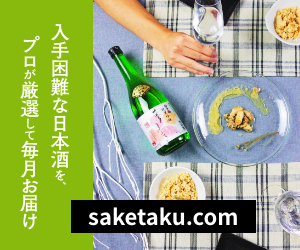- Home
- Report of Delicious Sake Serving Restaurants, fukuoka, Hirunomi
- The reason why Italian and Nihonshu are a good match – Enjoyed “Tamagawa Yamahai Junmai Nigori” at “Uribou”, Fukuoka
The reason why Italian and Nihonshu are a good match – Enjoyed “Tamagawa Yamahai Junmai Nigori” at “Uribou”, Fukuoka
- 2019/6/23
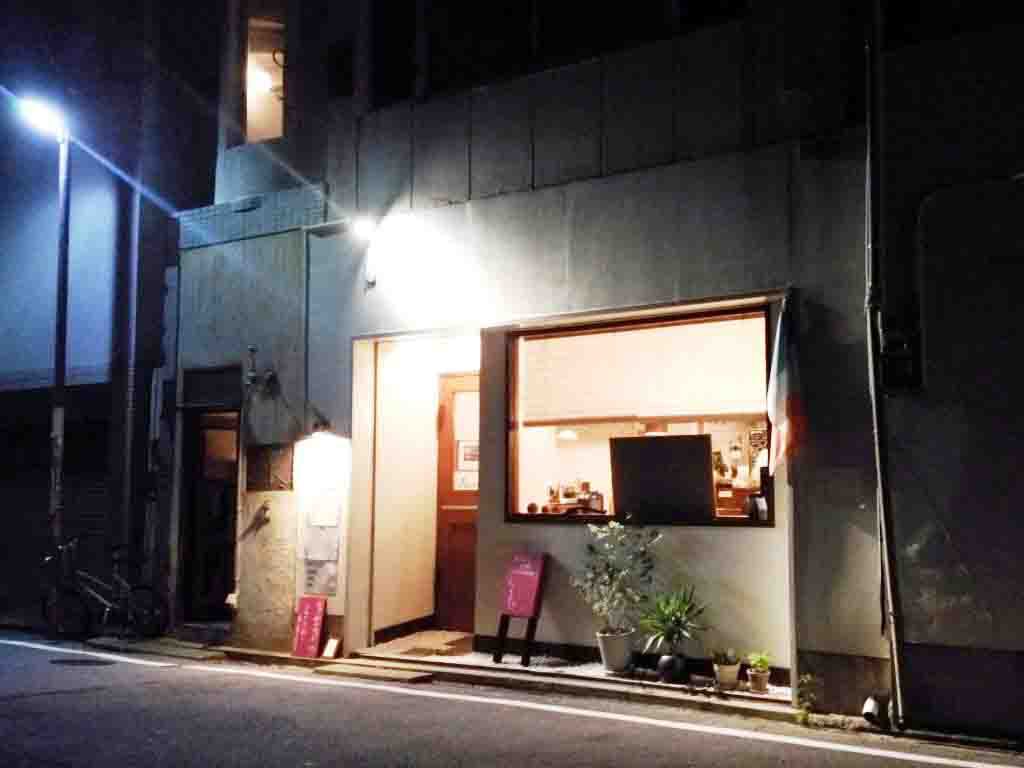
This is a report by a special correspondent “N” from Fukuoka.
I’d like to introduce you an Italian restaurant in Fukuoka.
Contents
Nihonshu at an Italian restaurant
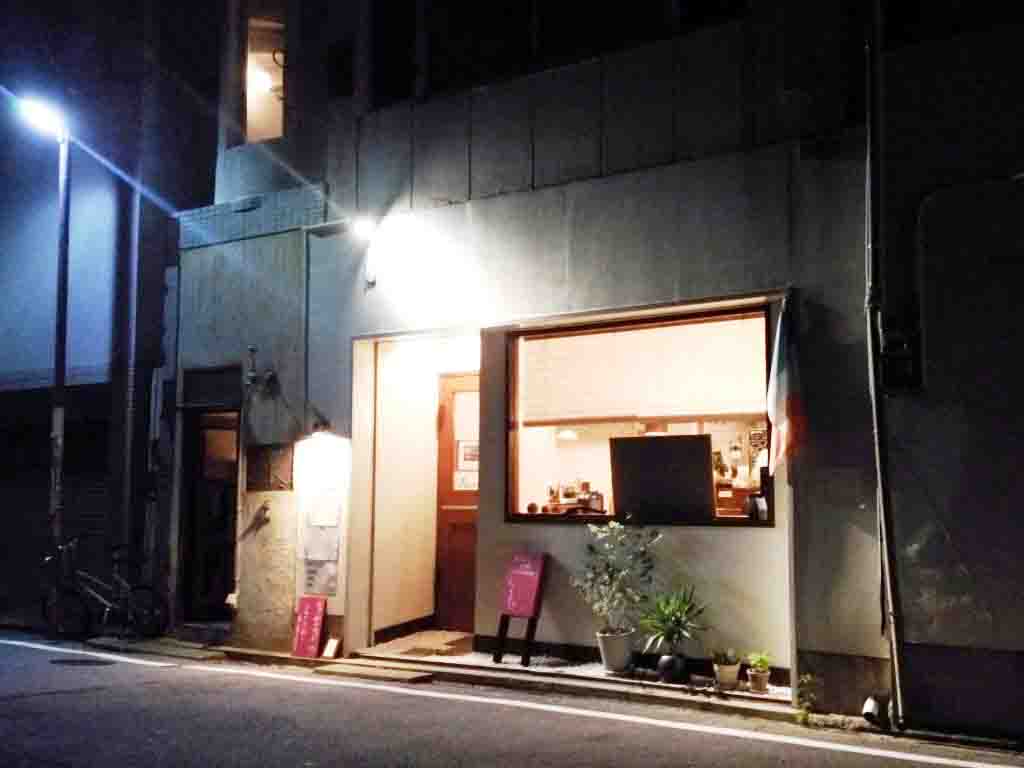
They have home-cooked Italian dishes such as pasta of the day as the main menus and have some Japanese dishes. Anything you can eat at the restaurant is tasty. The name of the restaurant is “Uribou”, which locates in Akasaka, Chuo-ku, Fukuoka City.
It’s in a quiet residential area in front of a historic girl’s high school.
Gourmet adults nearby visit this restaurant after the opening time of 3 o’clock.
The origin of the name is the owner’s Chinese zodiac; boar (“Uribou” means “baby boar”).
He was born in the year of “boar” in the Chinese zodiac.
The name doesn’t mean that they serve boar meat dishes.
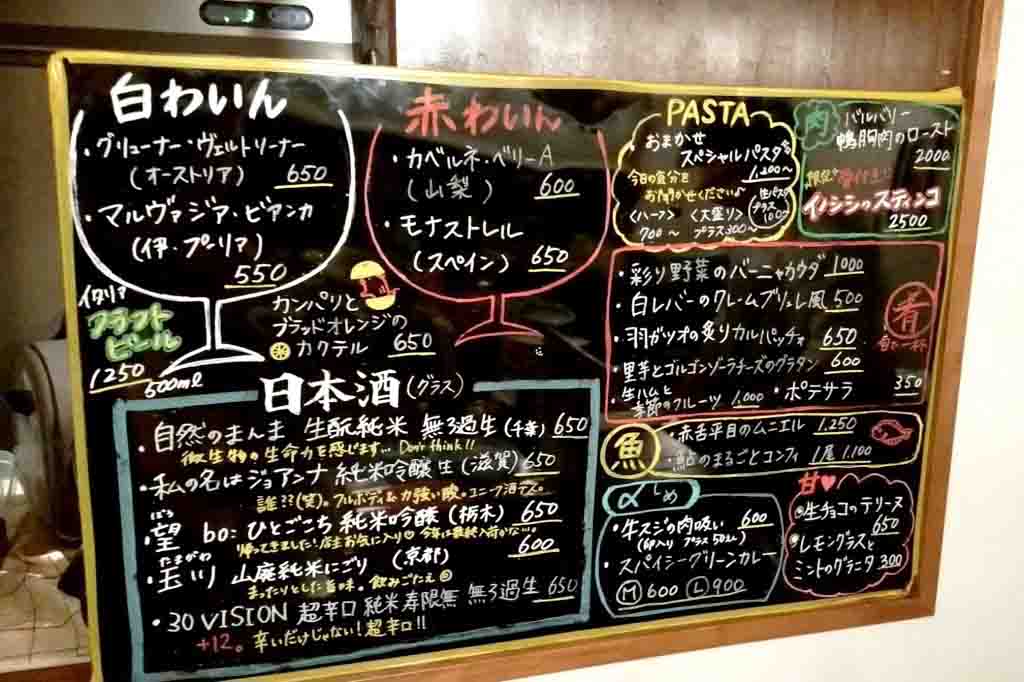
They have many kinds of foods and drinks (They have another menus for food separately).
Much space of this menu board is Nihonshu.
I always thought that western dishes like Italian should go with wine, but I asked why he always reserves so many Sake to the owner then.
Is Sake good with Italian foods?
I thought that the reason was their customers’ requests or their Italian foods were arranged into Japanese style a little bit.
However, the owner’s answer was very different from what I thought.
“Italian foods are good with Sake because it’s similar to Japanese foods.”
The owner who looked quiet said so very clearly.
What!? What does he mean!?
He kept saying,
“Italian foods and Japanese foods are made with similar recipes.
Olive oil, cheese, and pasta are the typical ingredients we image, and they are very different from Japanese.
That’s why we think that Italian and Japanese are not similar, but actually, the localities of both countries are very alike.
Both countries have the sea around, so the seafoods are popular and delicious.
Both can get fresh vegetables and meat easily, so they don’t need to use thick sauces.
They have recipes to “keep the original flavors of the ingredients” in common.
That’s why Italian goes well with Nihonshu.
It should be surprising to many people.”
Indeed, I got surprised to hear that these 2 different foods had similar recipes.
The reason why I liked Italian could be because it was similar to Japanese foods.
It is often interesting to learn from the professionals.
The Sake for liver paste
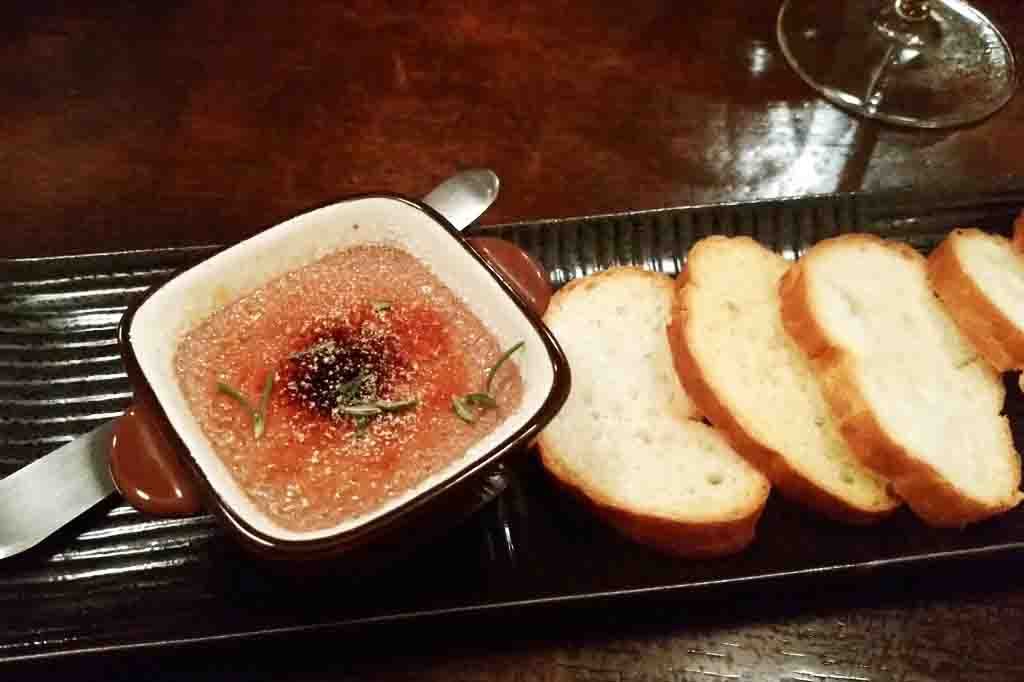
Then, why could I miss to drink Nihonshu?
I ordered “cream brule of white liver” (500yen), which I take every time, and asked for a sake to go with.
The liver paste didn’t have bad smell, and the texture was very mild. It was a good dish with rosemary aroma.
As it was called “cream brule”, the sugar on the surface was burnt a bit, and it was like candy.
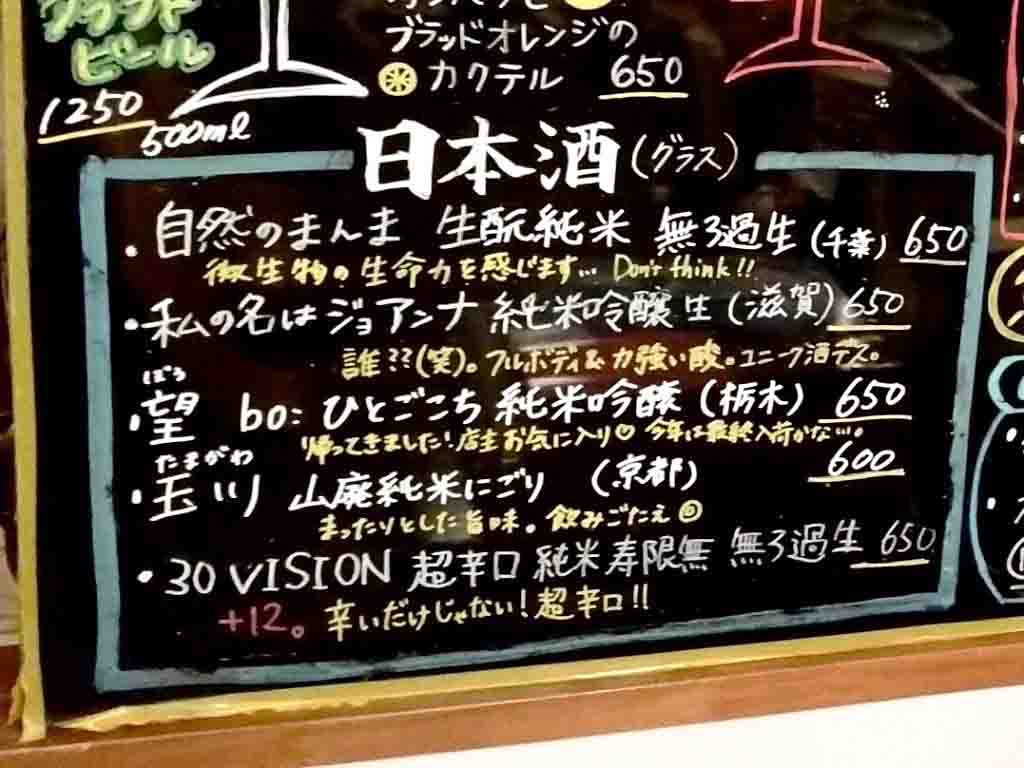
Well, which Sake is good for this dish?
The owner said,
“’Shizen-no-Manma Kimoto Junmai Muroka Nama’ or ‘Tamagawa Yamahai Junmai Nigori’ should be nice.
If ‘Nigori-zake’ (unrefined sake) is ok for you, I recommend you the latter one.”
(‘Shizen-no-Manma’ is ‘nature itself’, ‘Kimoto’ and ‘Yamahai’ is one of brewing method, and ‘Muroka Nama’ is ‘unfiltered and row’)
I took his recommend.
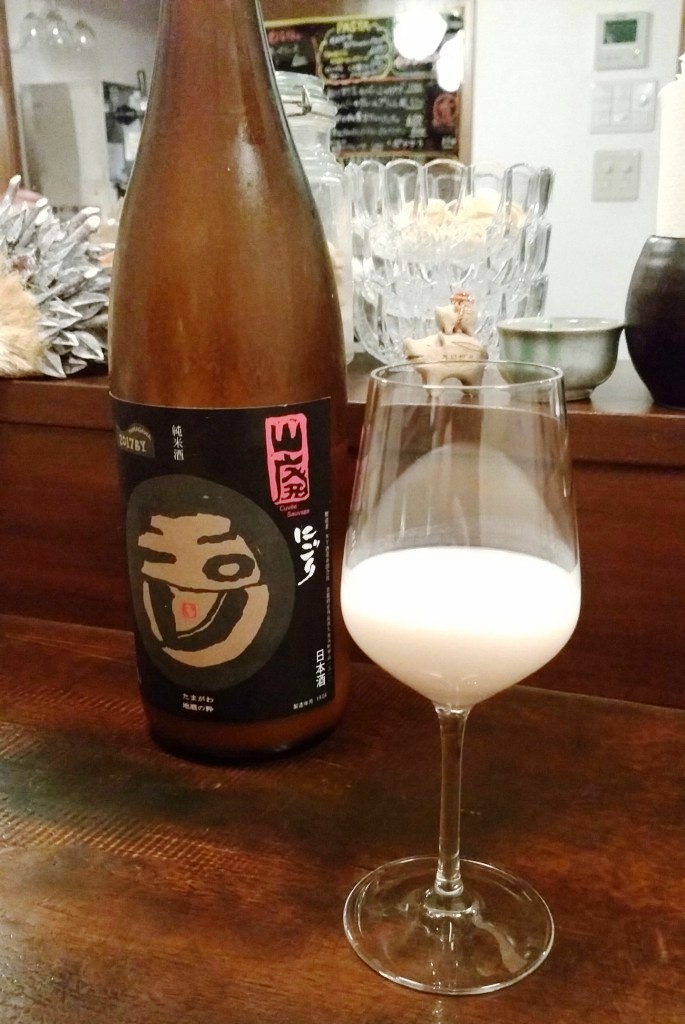
I took “Tamagawa Yamahai Junmai Nigori”, which is brewed by Kinoshita Shuzo in Kyotango City, Kyoto. A glass was 600 yen.
Before pouring, the master shook the bottle holding it upside down many times.
It contained much sediment.
The white unrefined sake had very mild and thick texture.
It was like refined Amazake (sweet sake), or yogurt.
It tasted good with sweetness and a slight sourness.
I thought that I could drink it forever (a dangerous sake!).
It was like a sweet dessert wine, and the taste was thick, so I could have it without any foods like a dessert.
I tried the sake with the liver paste.
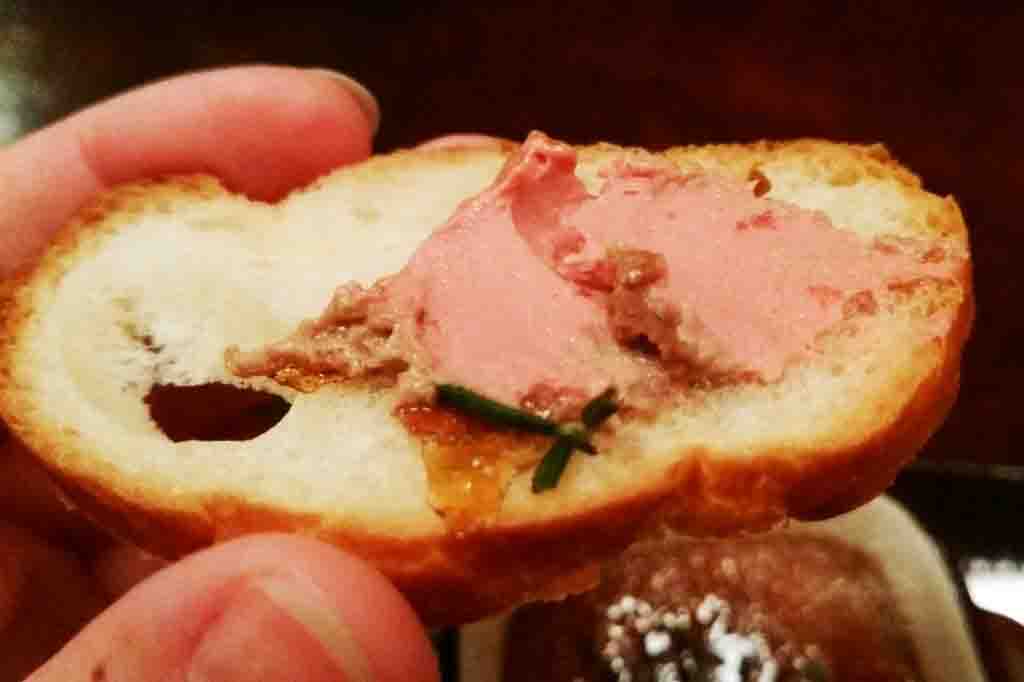
Both had mild and smooth textures, so they mixed well in my mouth.
Surprisingly, the gorgeous flavors of the liver and herbs, which I couldn’t feel at first, spread in my mouth rapidly when I tasted it with the sake.
The combination of the sake and the dish was not addition nor multiplication.
It was like “Nigori-zake = liver paste”, which means that they became one in my mouth.
I couldn’t tell the difference of them by feeling the texture.
The only thing I could know it from was their flavors.
It was also beautiful that they disappeared from my mouth at the same time like the contrail in a blue sky.
Oh noooo……, they’re gone already!
They were so nice that I finished them all quickly.
I’d like to try another dish next time, and ask the master which sake is good with it.
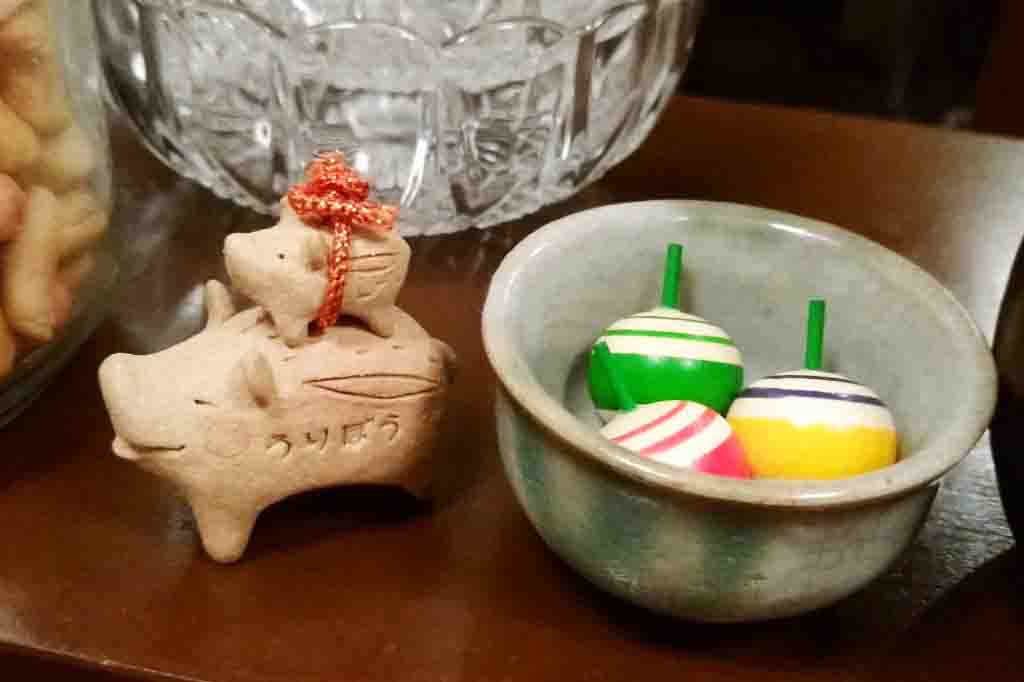
By the way…
The purpose of my visit on that day was to take “cooking lesson”.
The students just kept sitting on the counter seats, and the master as the teacher made dishes, and the students just watched him making the foods.
After he finished cooking, the students had the foods.
What an easy lesson it was!
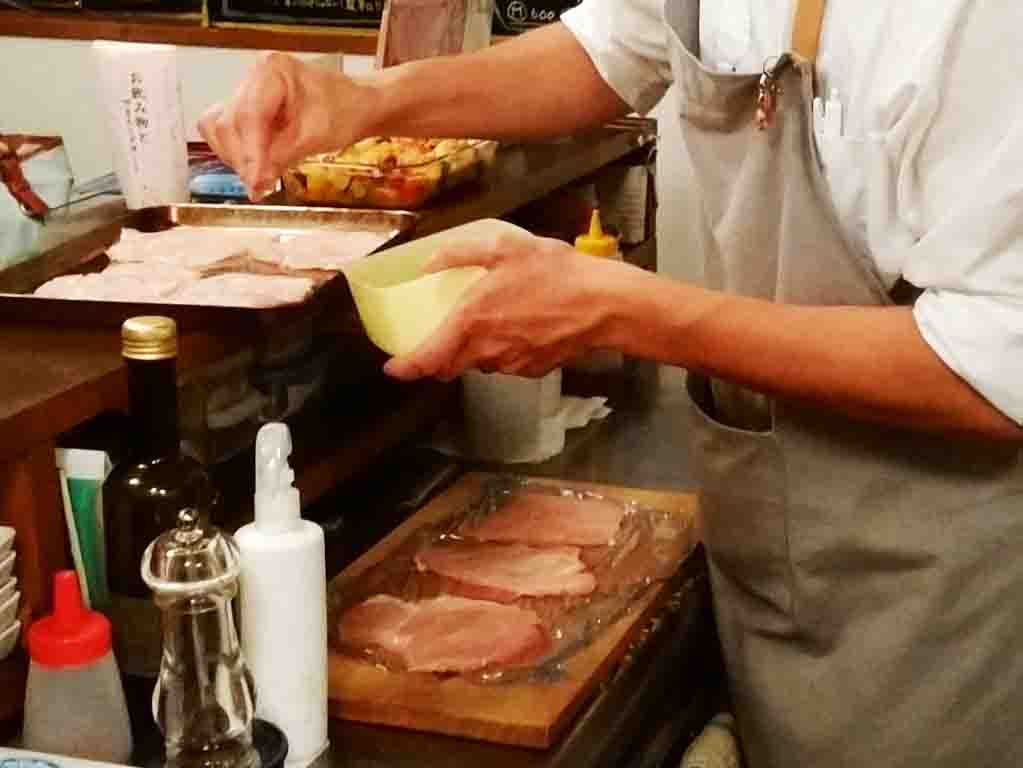
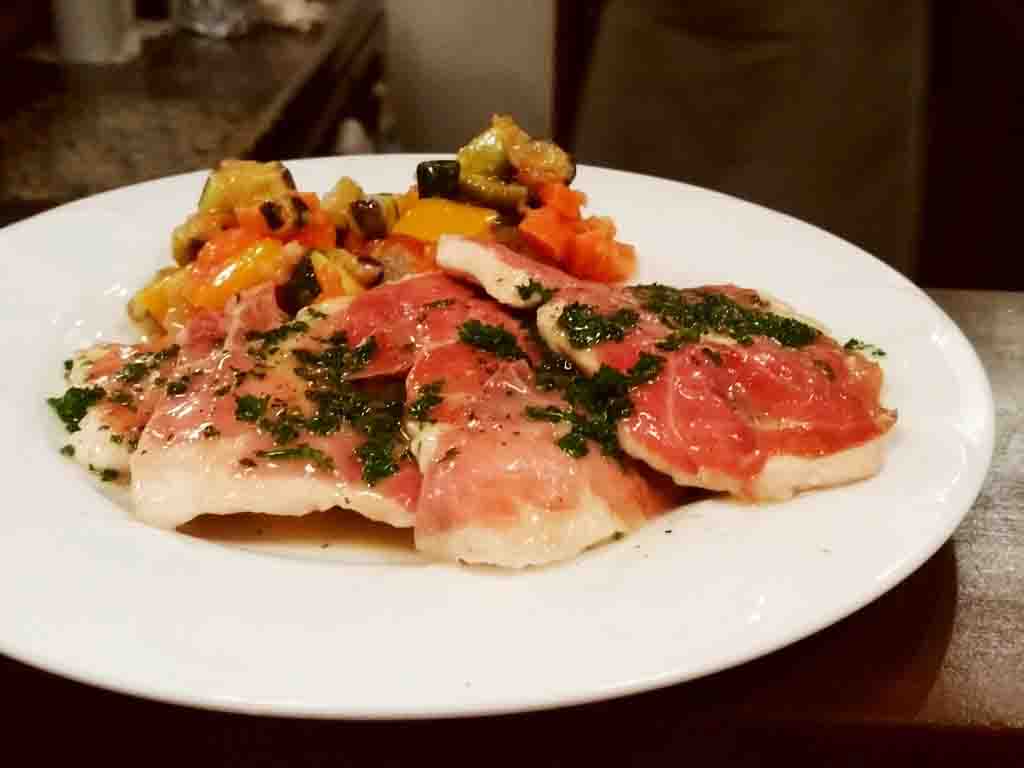
(Saltimbocca)
They hold cooking lessons once in a month, and also other irregular events to enjoy wine or Sake.
I recommend you to ask the schedule in advance if you are coming from far.
This is all for today’s report from an Italian restaurant where I experienced an interesting fact!
It's our great pleasure if this article is helpful for you.
Restaurant Information
| Shop Name | |
|---|---|
| Prefectures | - |
| Tel | |
| Address | |
| Nearest Station | |
| Homepage | - |
| Business Hours | - |
| Holiday | |
| Introduction | |
| Sake List |
|

